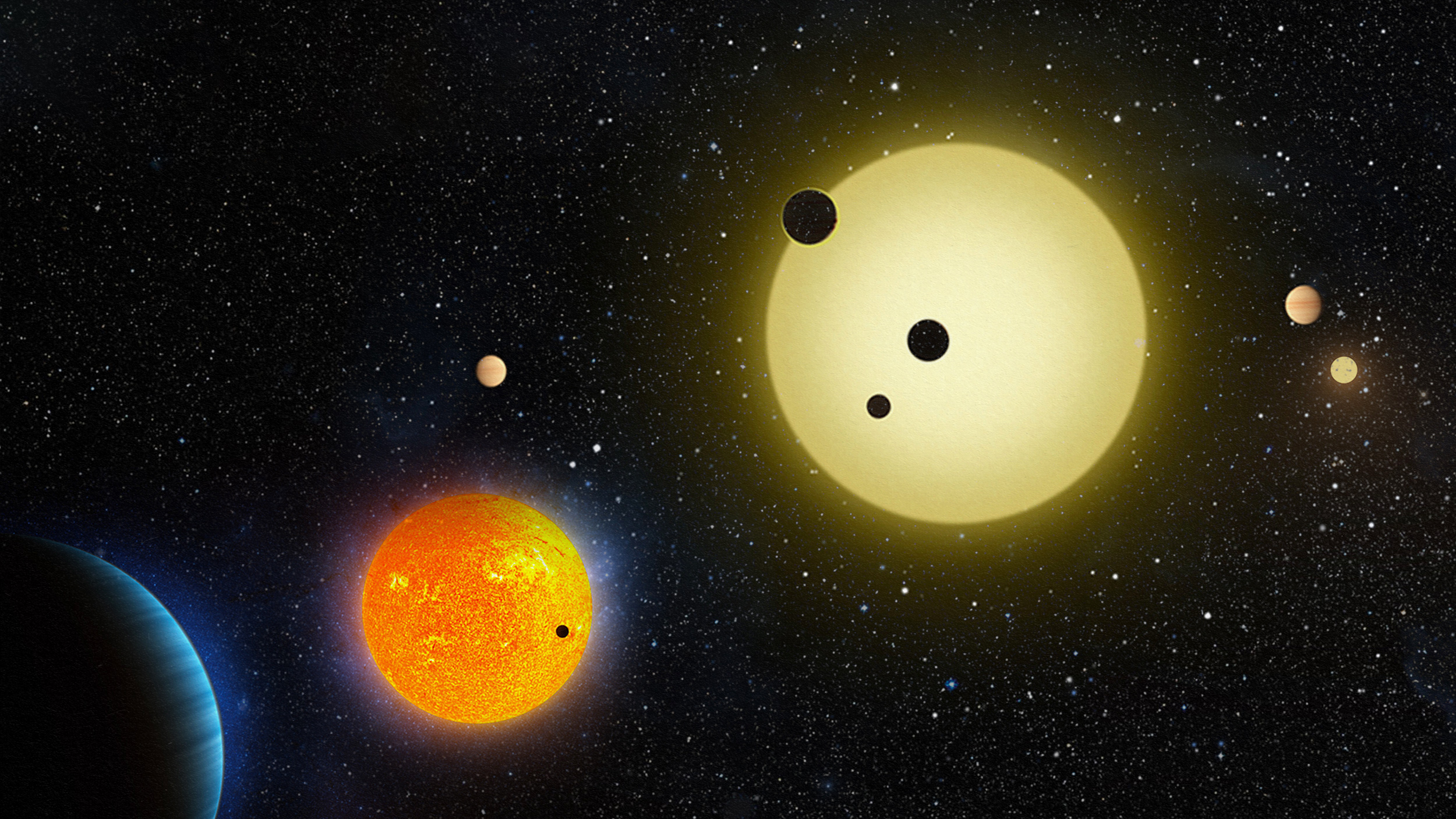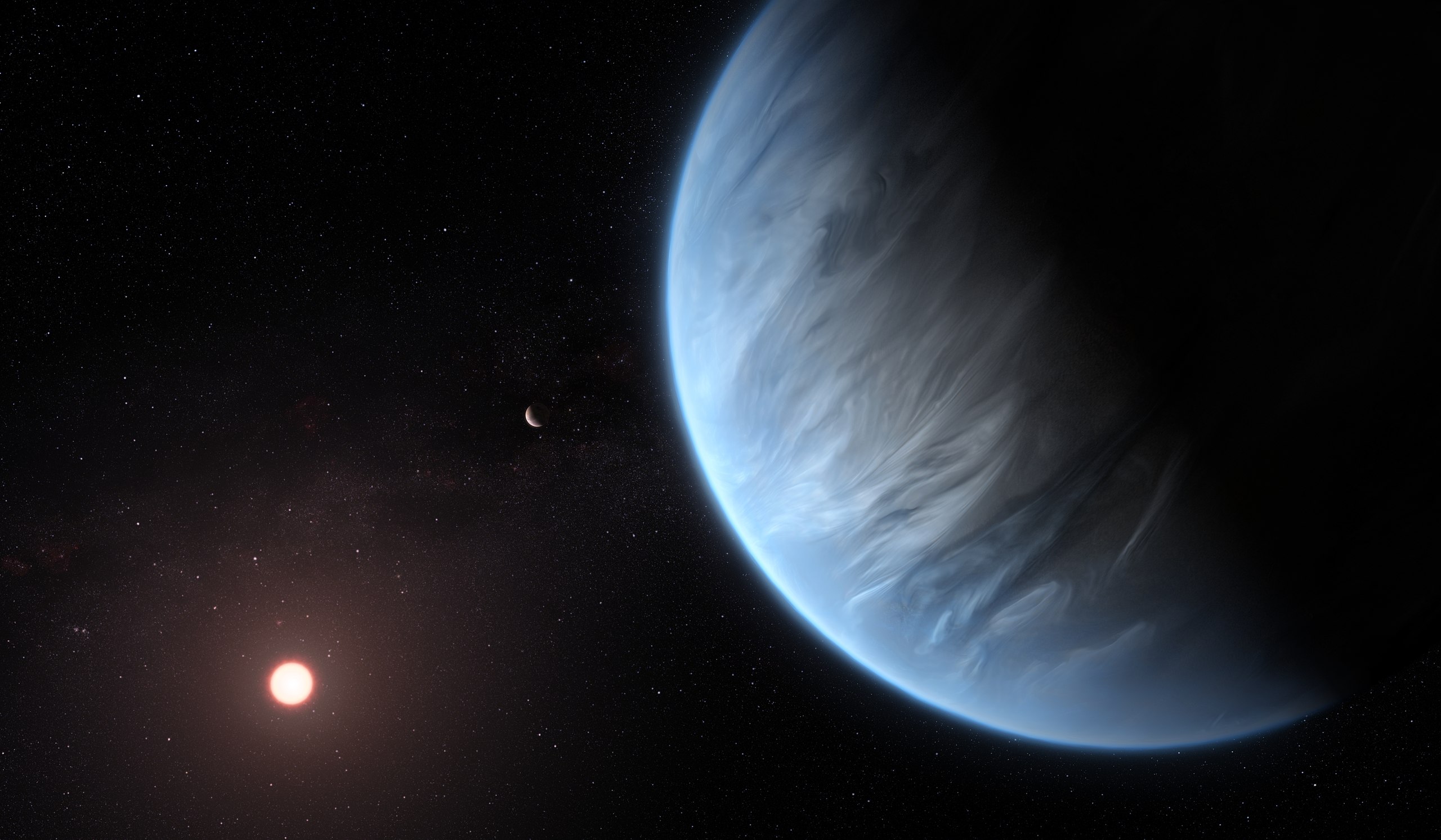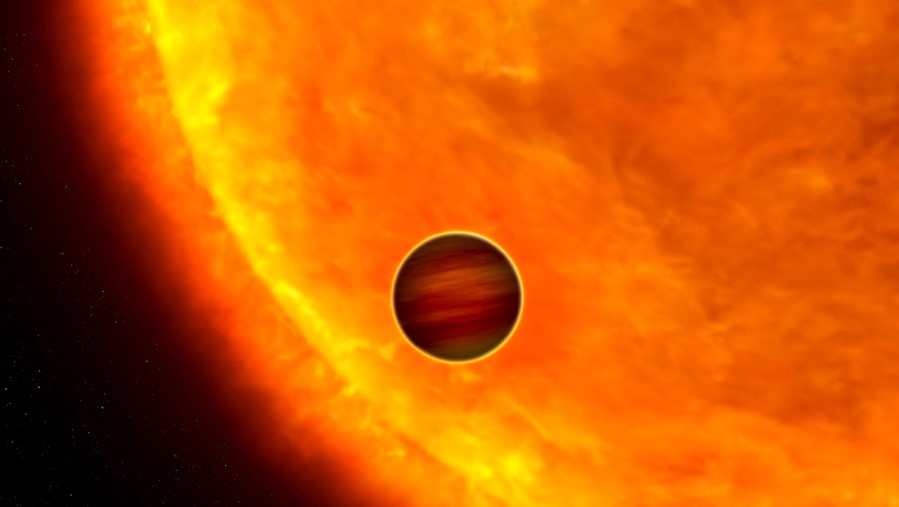Start Planet-Hunting Right Now – Scientists Release Star Data and Search Tools to Public

If the discovery of 7 new exoplanets with potential for life that were found just outside our solar system got you excited, there’s now something you can do personally to help find faraway worlds. A team of research institutions that includes MIT and Carnegie Institution for Science recently made a giant amount of observations available to the public. They are hoping folks can help find exoplanets, which are basically planets that orbit stars outside our solar system.
The dataset was collected over two decades by the W.M. Keck Observatory in Hawaii and contains close to 61,000 measurements from over 1,600 stars about 325 light years away from us. Along with it you should download the open-source software package, which will help process the data and an online tutorial.
“This is an amazing catalog, and we realized there just aren’t enough of us on the team to be doing as much science as could come out of this dataset,” says Jennifer Burt, a fellow in MIT’s Kavli Institute for Astrophysics and Space Research. “We’re trying to shift toward a more community-oriented idea of how we should do science, so that others can access the data and see something interesting.”
The scientists have themselves identified 100 potential exoplanets within the data, with Burt saying that there are “no shortage of exoplanets” and a “ton of science to be done.”
“We recently discovered a six-planet system orbiting a star, which is a big number. We don’t often detect systems with more than three to four planets, but we could successfully map out all six in this system because we had over 18 years of data on the host star,” says Burt.
A special spectrometer (called HIRES) mounted on a 10-meter telescope splits a star’s incoming light into color components – the intensity of the colors allow the scientists to figure out other starlight characteristics. Of particular use is a star’s radial velocity, which reflects the star’s movements. A regular pattern of movement reveals the presence of an orbiting exoplanet as the gravity of the exoplanet changes the star’s velocity.
The dataset currently released will actually continue to grow. It includes a lot of information like the date, measured velocity and other measurements of the star’s activity. Armed with the data, the software and the tutorial, any enthusiast can start going through the data to see if they can locate an exoplanet.
Burt sees the release of the data as a significant event –
“I think this opens up possibilities for anyone who wants to do this kind of work, whether you’re an academic or someone in the general public who’s excited about exoplanets,” Burt explains. “Because really, who doesn’t want to discover a planet?”
Happy hunting!
Cover photo: In this handout illustration made available on December 5, 2011 by NASA, the Kepler-22b, a planet known to comfortably circle in the habitable zone of a sun-like star is digitally illustrated. (Photo Illustration by Ames/JPL-Caltech/NASA via Getty Images)





